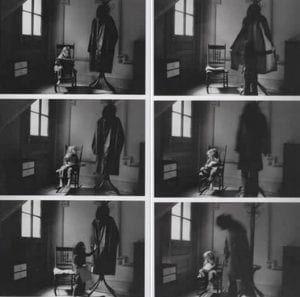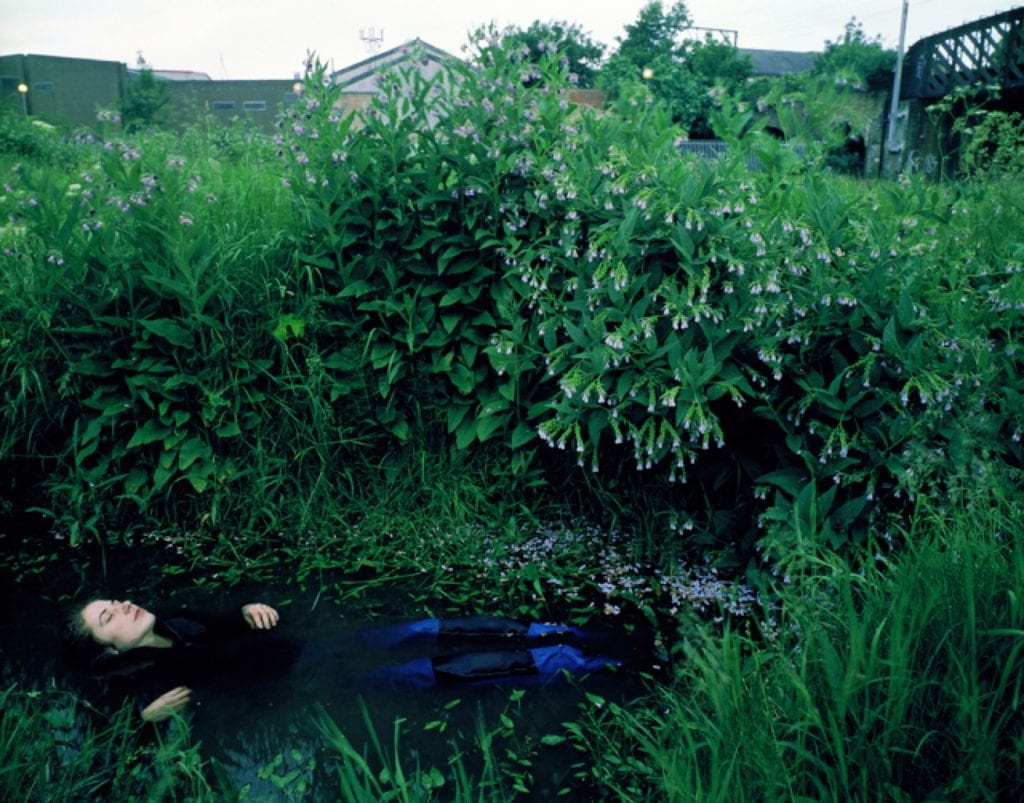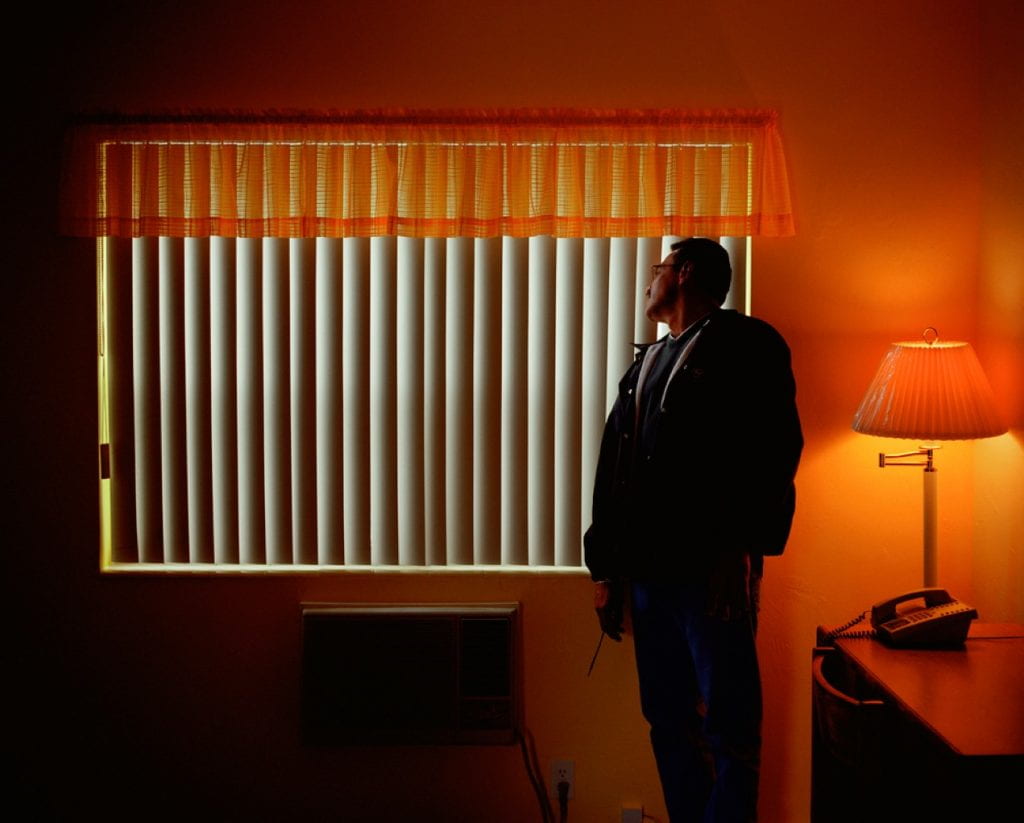Storytelling, selecting & sequencing: The hand-made book
‘The camera may be thought of as comparable to the eye. The difference is that the camera is not more than an eye. It does not think. Any connection with judging, choosing, arranging, including, excluding, and snapping has to be with the photographer’ (Price, 1994, p.4)

In this session, participants will explore the sequencing of photographs to create a narrative. They will consider the ambiguity (or not) of images to create a story, as well as it’s relationship with accompanying text. They will produce a simple hand-made book to display the images.
‘Duane Michals has continually rebelled against and expanded the documentary and fine art traditions. At the onset, he baffled critics who knew not what to say of his work, rejecting the notion of the “decisive movement,” the supremacy of the sensational singular image, and the glorification of the perfect print. As an expressionist, rather than going out into the world to collect impressions of the eye, he looked inward to construct the images of his mind, exploring the unseeable themes of life, death, sensuality, and innocence’ (Reznik, 2014)
This Session could be run in conjunction with:
- Tell Me a Story – (narrative in the single image) post to come (Jeff Wall / Gregory Crewdson)
- (Don’t) Stop the Frame – (panorama’s) – post to come (Sam Taylor Wood / Fred Cray)
- On this Site – post to come (Joel Sternfeld / Paul Seawright / Tom Hunter)
- Tell Me A Story (Again)
- Fake News?

‘Like a poem, which is made up from ‘lines that resemble sentences’ but exceeds the normal way we read sentences, the poetic quality of an image transgresses the indexical truthfulness of a representation’ (Wall & Galassi, 2007, p.337)
Aims & Outcomes:
- For participants to visually explore the nature of constructing images and sequencing them to portray a narrative through 6 images
- For participants to understand the difference between literal and ambigous imagery (and thier consequences)
- For participants to explore the relationship between image and text.
- Participant Take Away Outcome: A handmade book with 6 sequenced images

You will need:
- Digital cameras for all participants (and appropriate memory cards) *This session can also be run using Camera phones or Lumix cameras
- Card readers
- Access to computers (or laptops)
- A3 / A4 card or paper *Make sure you print the photograhs at the appropriate size to fit each page
- Scissors, Bone Folder etc
- An Introductory Brief & Presentation for participants to outline the ideas and provide examples
- Some song lyrics, poems, stories *Participants can also write thier own stories e.g. remembering a dream etc
- *If there are time constraints – you could also work in groups (with Image 1 and Image 6 being provided in pre-made books – what is the narrative in the middle? (produce 4 images to ‘complete’ the story). Here, still demonstrate how to make the book (particularly useful with younger participants)
- A booked room to critique participants work (either via a projector (powerpoint with text) or via print)
- Blue tack to pin the work
- Costings and Risk Assessments
‘The caption permits me to focus not only my gaze, but also my understanding’ (Barthes, 1977, p.39)
Preparation Work:
- Practice making books yourself and decide which size you will print the photographs
- Ask participants to read David Seidner (1987) ‘Intverview with Duane Micheals’ in BOMB Magazine, 1st July 1987 available here
- Ask participants to watch the video Presenting The Day-to-Day Life of Albert Hastings by Kaylynn Deveney (2011) available here
- Ask participants if they have thier own digital cameras and cards
- Make sure you have access to computers / image editing software
- Make sure there are enough team members to support participants (never assume thier prior knowledge)
- Decide whether you will project the work or print it.
- If you are printing it make sure the Photo Lab are aware and be aware of timekeeping so they have space to print the work.
- *If you are running this session off campus, make sure there is access to printers (or projectors if you are concentrating on sequencing a narrative only – create a powerpoint and include the text with each photograph)

Suggested Session Outline: see Teresa williams’s website here
